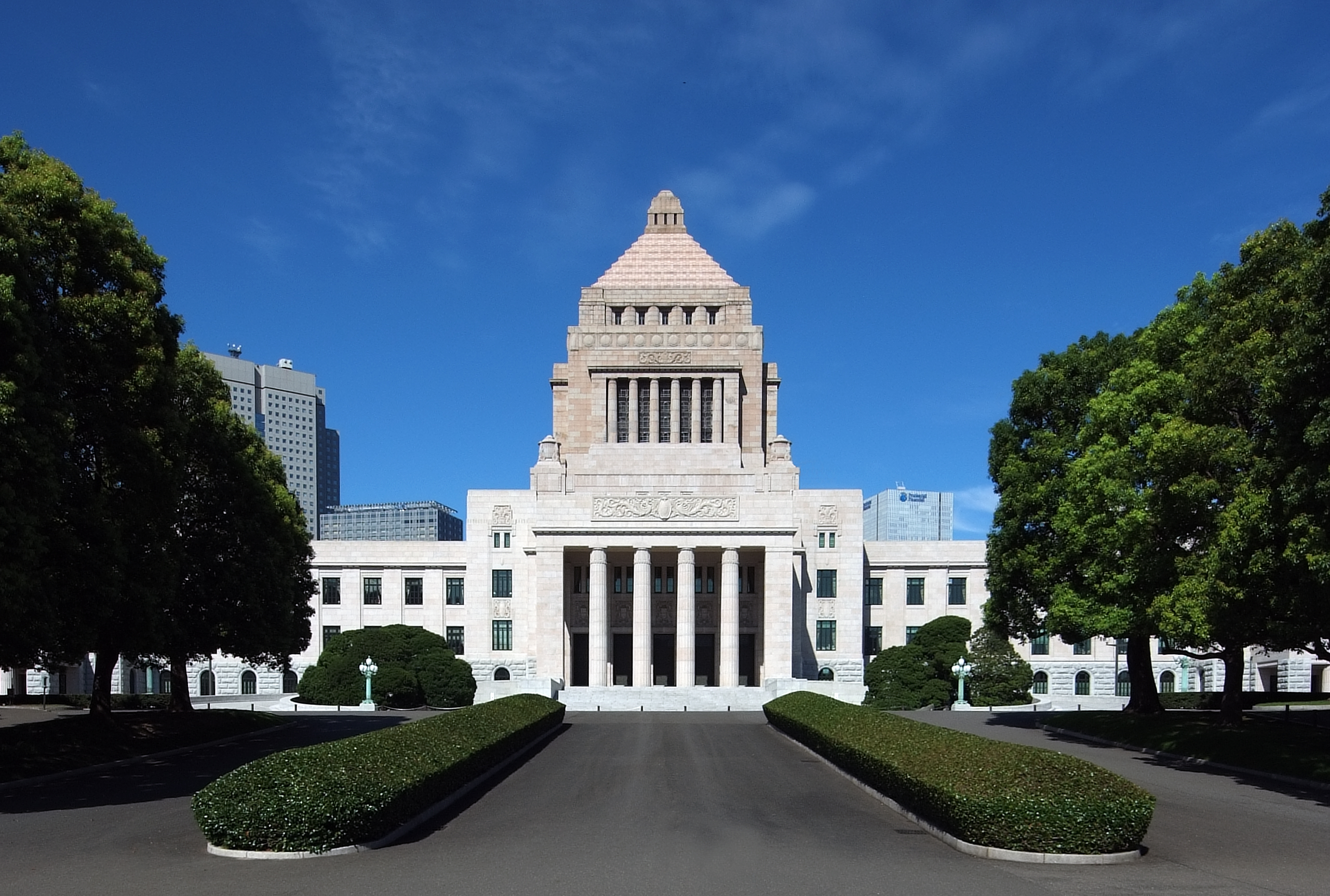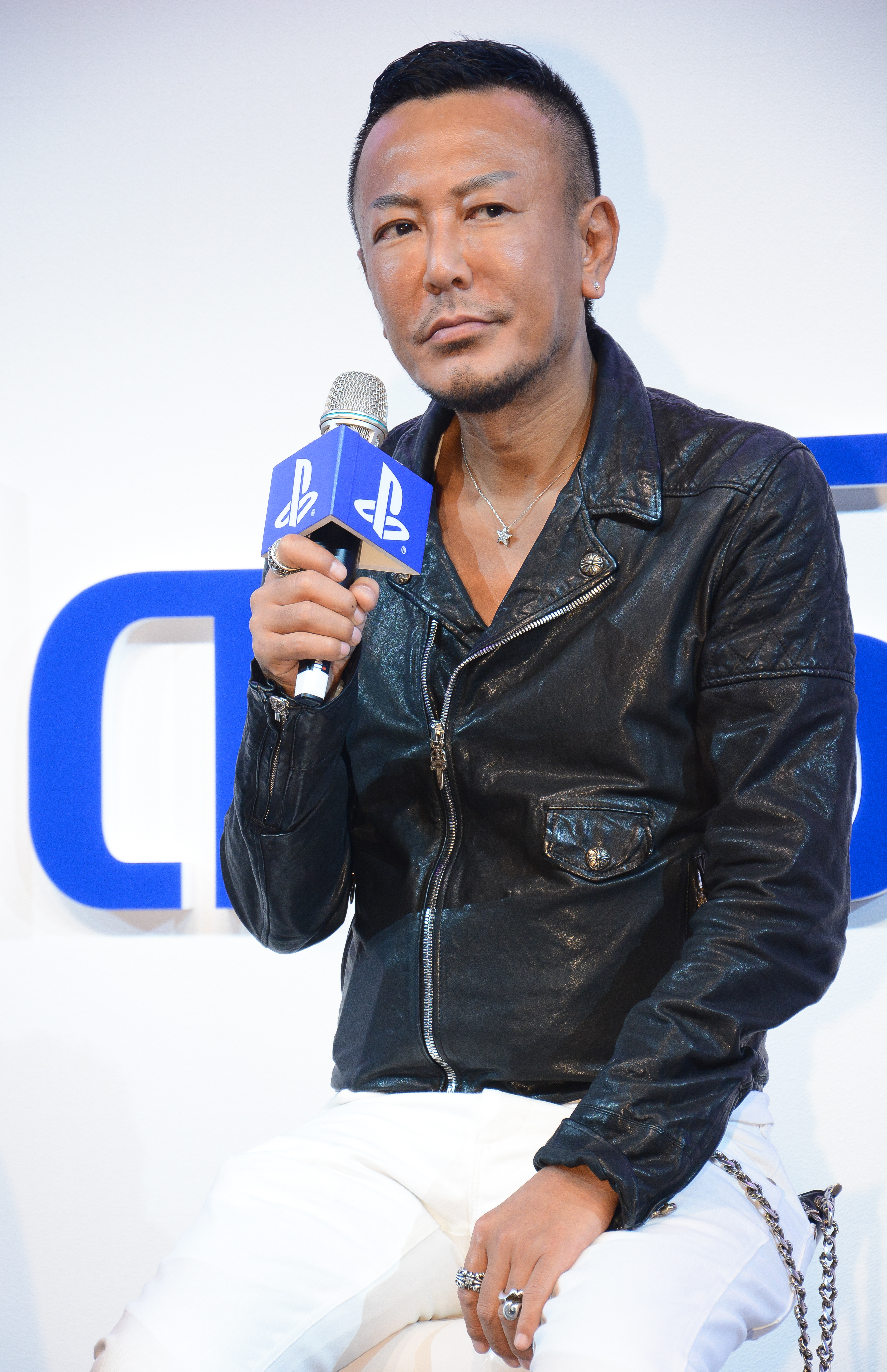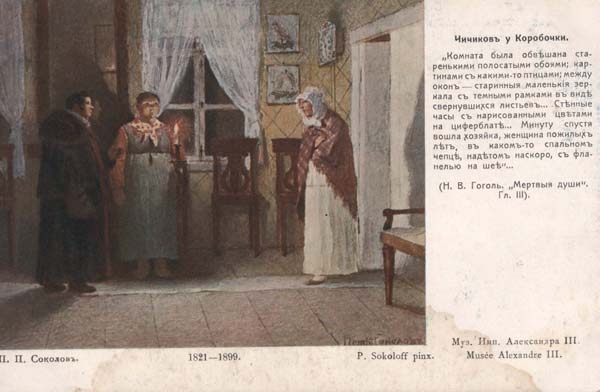|
Snow, Moon And Flowers
is a Japanese expression and theme in art and design originating from a poem by Tang dynasty poet Bai Juyi. It became popular in the late Edo period. It is a Japanese metonym for beautiful sceneries in nature. Introduction This threefold theme usually refers to the seasons of the year: snow refers to winter, moon refers to autumn and flowers refers to spring. But one could also think it as representations of three whites: blue-white refers to winter, yellow-white refers to autumn and pink-white refers to spring. Ukiyo-e artists liked to sell prints in series, sometimes even scrolls were painted to be hanged together. Artists liked to combine it with three women, three well known landscapes (moon always with reflecting water) etc. "Snow, Moon and flowers" appear also as decoration on boxes, backside of traditional mirrors etc. * Prints by Shiba Kōkan, signed as Suzuki Harushige (1747–1818) File:Shiba Kôkan Seirô Winter.jpg, ''Winter at Yoshiwara'' File:Shiba Kôkan Shin ... [...More Info...] [...Related Items...] OR: [Wikipedia] [Google] [Baidu] |
Chinese Poetry
Chinese poetry is poetry written, spoken, or chanted in the Chinese language. While this last term comprises Classical Chinese, Standard Chinese, Mandarin Chinese, Yue Chinese, and other historical and vernacular forms of the language, its poetry generally falls into one of two primary types, ''Classical Chinese poetry'' and ''Modern Chinese poetry''. Poetry has consistently been held in extremely high regard in China, often incorporating expressive folk influences filtered through the minds of Chinese literation. In Chinese culture, poetry has provided a format and a forum for both public and private expressions of deep emotion, offering an audience of peers, readers, and scholars insight into the inner life of Chinese writers across more than two millennia. Chinese poetry often reflects the influence of China's various religious traditions as well. Classical Chinese poetry includes, perhaps first and foremost ''Shi (poetry), shi'' (詩/诗), and also other major types such as ' ... [...More Info...] [...Related Items...] OR: [Wikipedia] [Google] [Baidu] |
Utagawa Kuniyoshi
Utagawa Kuniyoshi ( ja, 歌川 国芳, ; January 1, 1798 – April 14, 1861) was one of the last great masters of the Japanese ukiyo-e style of woodblock prints and painting.Nussbaum, Louis Frédéric ''et al'' (2005). "Kuniyoshi" in He was a member of the Utagawa school.Nussbaum, "Utagawa-ryū" in The range of Kuniyoshi's subjects included many genres: landscapes, beautiful women, Kabuki actors, cats, and mythical animals. He is known for depictions of the battles of legendary samurai heroes.Lubow, Arthur "Everything But the Robots: A Kuniyoshi Retrospective Reveals the Roots of Manga,"''New York Magazine.'' March 7, 2010. His artwork incorporated aspects of Western representation in landscape painting and caricature. Life Kuniyoshi was born on January 1, 1798, the son of a silk-dyer, Yanagiya Kichiyemon,Robinson (1961), p. 5 originally named Yoshisaburō. Apparently he assisted his father's business as a pattern designer, and some have suggested that this experience influ ... [...More Info...] [...Related Items...] OR: [Wikipedia] [Google] [Baidu] |
Shun Akiyama (Yakuza)
Japanese video game developer Sega's ''Yakuza'' media franchise, known as ''Ryū ga Gotoku'' (, lit. "Like a Dragon") in its native Japan and other Asian territories, features an extensive cast of characters. This article describes notable characters who appear in the ''Yakuza'' main series video games and associated remasters or remakes, with characters sorted by organizations or groups according to the original works. The English-language adaptation equivalents are mentioned when available. In the first three installments, the sole playable protagonist is Kazuma Kiryu, a former yakuza who after ten years of imprisonment deals with chaos emerging from the yakuza organization he was formerly affiliated with, the Tojo clan. ''Yakuza 4'' introduces three playable protagonists in addition to Kiryu. ''Yakuza 5'' continued this trend and features five playable protagonists including Haruka Sawamura, a ward of Kiryu's whose story arc is devoid of combat mechanics. The prequel insta ... [...More Info...] [...Related Items...] OR: [Wikipedia] [Google] [Baidu] |
Yakuza 0
''Yakuza 0'' is an action-adventure game developed by Ryu Ga Gotoku Studio and published by Sega. It is the sixth main entry in the '' Yakuza series'' and a prequel to the original game. It was released for PlayStation 3 and PlayStation 4 in Japan in March 2015, and in North America and Europe for PlayStation 4 in January 2017. It was released on Windows on 1 August 2018 and on Xbox One on 26 February 2020. A free accompanying game application for PlayStation Vita, titled ''Yakuza 0: Free to Play Application for PlayStation Vita'', was released in Japan in February 2015. Set in late 1988 during Japan's bubble era, and seventeen years before the events of the first game, the story follows Kazuma Kiryu and Goro Majima as they get embroiled in a conflict between various Yakuza factions for control of a patch of land known as the "Empty Lot". The game received generally favourable reviews from critics, and is largely responsible for the franchise's rise in popularity and sales i ... [...More Info...] [...Related Items...] OR: [Wikipedia] [Google] [Baidu] |
Kazuma Kiryu
is a fictional character and the protagonist of Sega's action-adventure beat'em'up Japanese role-playing game series ''Yakuza''. He is popularly known as due to the tattoo of a dragon on his back and him originally being a fearsome member of the yakuza group known as the Dojima Family, a subsidiary of the Tojo Clan. He was introduced in the series' debut 2005 game, where he took the blame for his boss's death to protect his best friend Akira Nishikiyama, resulting in his expulsion from the clan and a ten-year stay in prison. After leaving prison, he fights against the new threats in his life, during which he meets Haruka Sawamura, to whom he eventually becomes an adoptive father. He is voiced by Takaya Kuroda in Japanese and by Darryl Kurylo in the English version of the first game which he reprises 15 years later for '' Yakuza: Like a Dragon''. Besides the two ''Yakuza'' live-action films, the character has also appeared in other video games including ''Project X Zone 2'' and as ... [...More Info...] [...Related Items...] OR: [Wikipedia] [Google] [Baidu] |
Dead Souls
''Dead Souls'' (russian: «Мёртвые души», ''Mjórtvyje dúshi'') is a novel by Nikolai Gogol, first published in 1842, and widely regarded as an exemplar of 19th-century Russian literature. The novel chronicles the travels and adventures of Pavel Ivanovich Chichikov (Russian: Павел Иванович Чичиков) and the people whom he encounters. These people typify the Russian middle-class of the time. Gogol himself saw his work as an " epic poem in prose", and within the book characterised it as a "novel in verse". Despite supposedly completing the trilogy's second part, Gogol destroyed it shortly before his death. Although the novel ends in mid-sentence (like Sterne's ''Sentimental Journey''), it is regarded by some as complete in the extant form. Title The original title, as shown on the illustration (cover page), was "The Wanderings of Chichikov, or Dead Souls. ''Poema''", which contracted to merely "Dead Souls". In the Russian Empire, before the ema ... [...More Info...] [...Related Items...] OR: [Wikipedia] [Google] [Baidu] |
Yakuza 5
is an action-adventure video game developed by Ryu Ga Gotoku Studio and published by Sega for the PlayStation 3. The game is the fifth main entry in the ''Yakuza'' series. The game was released in December 2012 in Japan, and localized for North America, Europe and Australia as a PlayStation Network download in December 2015. A remaster with improved resolution and frame rate was released for the PlayStation 4 on June 20, 2019 in Japan, and worldwide on February 11, 2020 as part of ''The Yakuza Remastered Collection''. Versions for Windows and Xbox One were released in January 2021. The game features a new graphics engine, unlike previous games in the series that have been re-utilizing the same engine since '' Ryū ga Gotoku Kenzan!''. For the first time in the series, it features five settings across Japan along with five playable main characters. ''Yakuza 5'' was followed up by the spinoff '' Like a Dragon: Ishin!'' and the prequel installment ''Yakuza 0'' in 2014 and 2015 respe ... [...More Info...] [...Related Items...] OR: [Wikipedia] [Google] [Baidu] |
Yakuza 4
is an action-adventure game developed and released by Sega for the PlayStation 3. The game was introduced on July 24, 2009. A promotional video was presented at the 2009 Tokyo Game Show, The sequel to ''Yakuza 3'', it was released on March 18, 2010 in Japan after a playable demo was released on the Japanese PlayStation Store on March 5.Ryū ga Gotoku 4 official website news 『龍が如く4 伝説を継ぐもの』体験版 配信決定! 2010.02.25 THU ''Yakuza 4'' was released in Europe and North America in March 2011. A sequel, ''Yakuza 5'' was released in 2012. A remaster was released on the PlayStation 4 on January 17, 2019 in Japan, and worldwide on October 29, 2019 as part of ''The Yakuza Remastered Collection''. Versions for Windows and Xb ... [...More Info...] [...Related Items...] OR: [Wikipedia] [Google] [Baidu] |
Yakuza 3
is the third main entry in the ''Yakuza (franchise), Yakuza series'', released for the PlayStation 3 in 2009. It was developed by Sega's New Entertainment R&D Dept., CS1 Team and published by Sega. It was released in Japan and South East Asia on February 26, 2009, and in North America and Europe on March 9, 2010, and March 12, 2010, respectively. A remaster containing all cut content was released in Japan on August 9, 2018, and worldwide on August 20, 2019, for the PlayStation 4, and on January 28, 2021, for Windows and Xbox One. A sequel, ''Yakuza 4'', was released on March 18, 2010, in Japan. Gameplay Features ''Yakuza 3'' introduces PlayStation Network Trophies to the series with 45 trophies (50 in the Eastern releases). It adds four gameplay elements: *Seamless Battle (シームレスバトル ''shimuresu batoru''): Seamless Battle is a streaming media, streaming data-based loading-free system that allows the game to directly connect the adventure mode and the battle mode ... [...More Info...] [...Related Items...] OR: [Wikipedia] [Google] [Baidu] |
Yakuza 2
is an action-adventure game by Sega, the sequel to ''Yakuza''. It was released on December 7, 2006, for the PlayStation 2 in Japan and in September 2008 in North America and Europe. The game focuses on the former ''yakuza'' Kazuma Kiryu who receives a request for help from his former group, the Tojo Clan yakuza of eastern Japan, to stabilize relationships with the Omi Alliance group of western Japan. Across Kiryu's journey, he learns of a Korean mafia group linked with both the Omi and his own past, and becomes the rival of the Omi's "Dragon of Kansai", Ryuji Goda. ''Yakuza 2'' introduced several new gameplay features. Sega wished to improve the fighting engine based on fan input to provide a more rich experience. The story was aimed to feature a deep adult love story, something not seen in the previous game. Additionally, for the western versions the original Japanese audio was kept in contrast to the previous game which contained English audio. Critical reception to ''Yakuza 2' ... [...More Info...] [...Related Items...] OR: [Wikipedia] [Google] [Baidu] |
Kamurochō
is a fictional district of Tokyo from Sega's ''Yakuza'' media franchise. It is modelled after Kabukichō, Tokyo's renowned red-light district and entertainment precinct situated in Shinjuku ward. Like its real world counterpart, there are many retail shops, ''izakaya'', restaurants, and ''mizu shōbai'' establishments like host and hostess clubs, soaplands, and nightclubs within the district. Kamurochō has appeared as the primary setting in all ''Yakuza'' main series titles and several spin-off games, as well as adaptations of the franchise in other media. A constant fixture of Sega's interactive urban planning across the franchise's in-universe continuity, Kamurochō has been cited as a notable example of an effective, flexible cityscape primed for "virtual tourism". Kamurochō has been well received by critics and the video game community, with praise for the level of detail and believability of each iteration of the district since the release of the first ''Yakuza'' in 2005. ... [...More Info...] [...Related Items...] OR: [Wikipedia] [Google] [Baidu] |
Enka
is a Japanese music genre considered to resemble traditional Japanese music stylistically. Modern ''enka'', however, is a relatively recent musical form, which adopts a more traditional musical style in its vocalism than ''ryūkōka'' music, popular during the prewar years. Modern ''enka'', as developed in the postwar era, is a form of sentimental ballad music. Some of the first modern ''enka'' singers were Hachiro Kasuga, Michiya Mihashi, and Hideo Murata. The revival of ''enka'' in its modern form is said to date from 1969, when Keiko Fuji made her debut. The most famous male ''enka'' singers are Shinichi Mori and Kiyoshi Hikawa. Etymology The term ''enka'' was first used to refer to political texts set to music which were sung and distributed by opposition activists belonging to the Freedom and People's Rights Movement during the Meiji period (1868–1912) as a means of bypassing government curbs on speeches of political dissent – and in this sense the word is derived ... [...More Info...] [...Related Items...] OR: [Wikipedia] [Google] [Baidu] |


.jpg)



